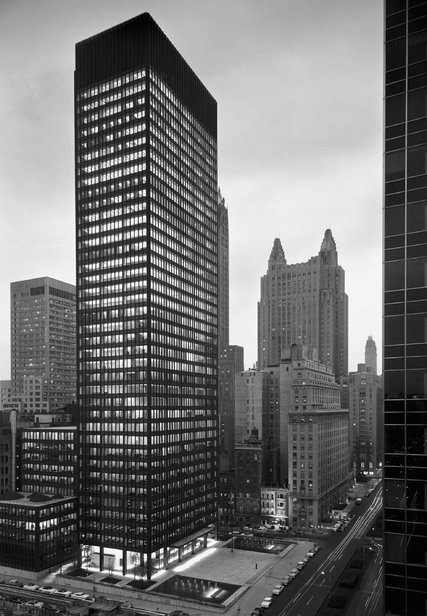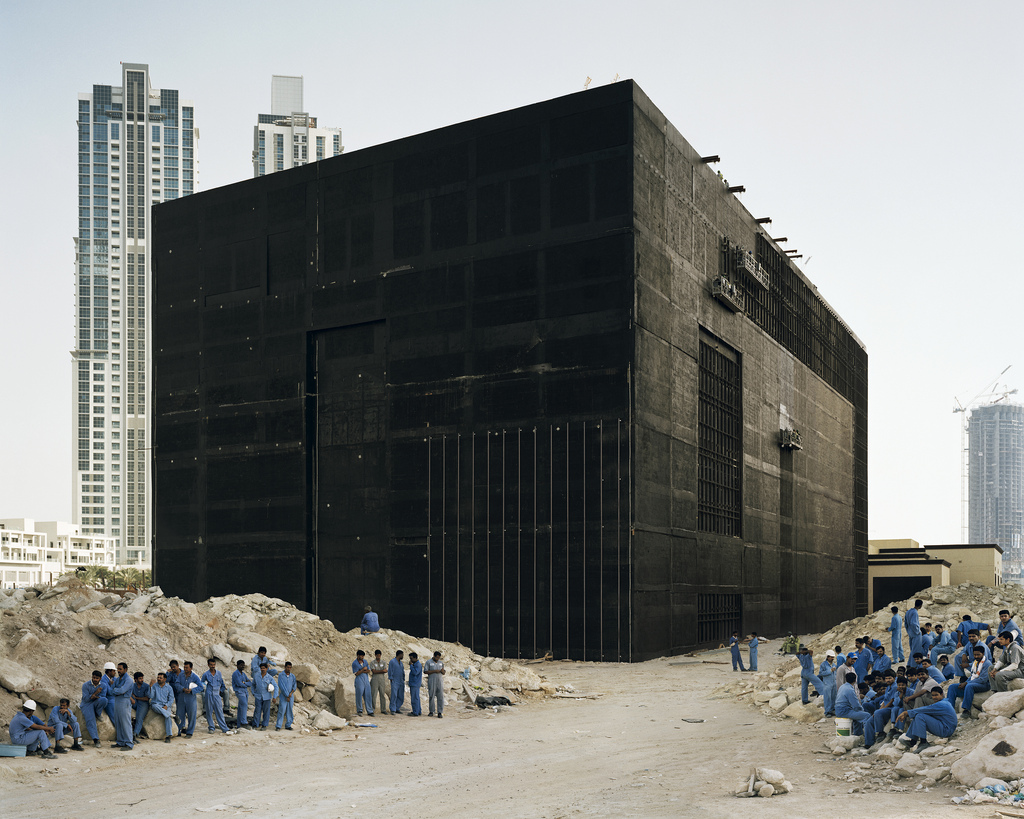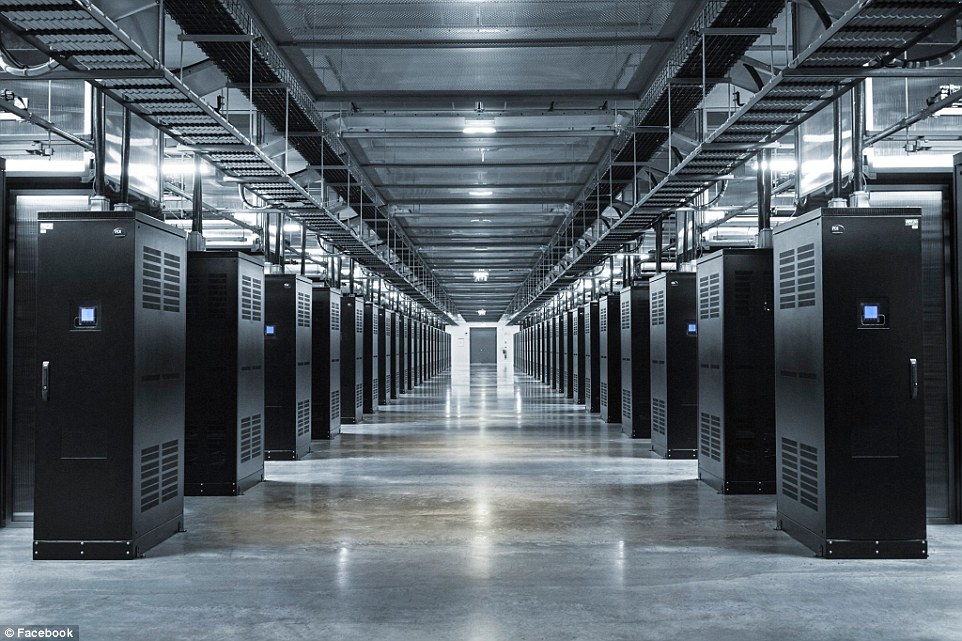The Machinebox: Mies and the Data Center
Located in places no one has ever heard of, their existence is now vital to ours. Shipping containers are the preferred method of construction. In constant danger of overheating, they are generally in a cold climate, preferably near cold water. There is invariably a wind farm next door. These boxes are not for humans but for machines, ‘stuff’. In a recent iteration, the box’s poignancy has become inversely proportional to human presence: good where habitation is temporary (the budget hotel), excellent where it is secondary (the parking garage), outstanding when it is non-existent (the mechanical storage facility). If information constitutes the main revolution of our time, it is in its main spatial component – the data centre or, at another scale, the memory chip – that the box reaches its apotheosis. It would take a surface five times that of the surface of the earth to store the contents of the machine box in the form of a traditional library. Data centres are giant boxes housing other boxes, which in turn house endless rows of interconnected little boxes. The smaller the replica, the fewer the people who understand what goes on inside. The machine box represents a vanishing point. Its fractal nature is mirrored by its security diagram: progressive rings of evacuation formed by the level of security clearance required to enter. The more central your position, the fewer people there are around you. A journey from edge to centre doesn’t offer a progression of intimacy but, instead, an ever-greater alienation. The heart is abandoned as in an emergency fire drill. The interior, although exclusively human made, gives the impression of untarnished nature: a neatly choreographed jungle of wires, cables and ducts, each coded with a different colour to allow reconstruction of their precise role in the system. Somehow this box is both primordial and futuristic, nature and anti-nature. There is beauty for sure – yet one cannot be sure whether this beauty has preceded or will outlive us.

Regarded as the quintessential modernist building, the Seagram building by Mies van Der Rohe derived its architectural vocabulary from the modern steel factory.

A watercooling plant in Dubai.

Facebook's enormous server farm located in northern Sweden. Large corporations generally prefer extremely cold climates for two reasons: One, for reasons of privacy and limited accessibility and two, to reduce energy costs for cooling. Server farms need robust cooling systems to prevent them from overheating, and hence, the arctic regions satisfy both requirements.